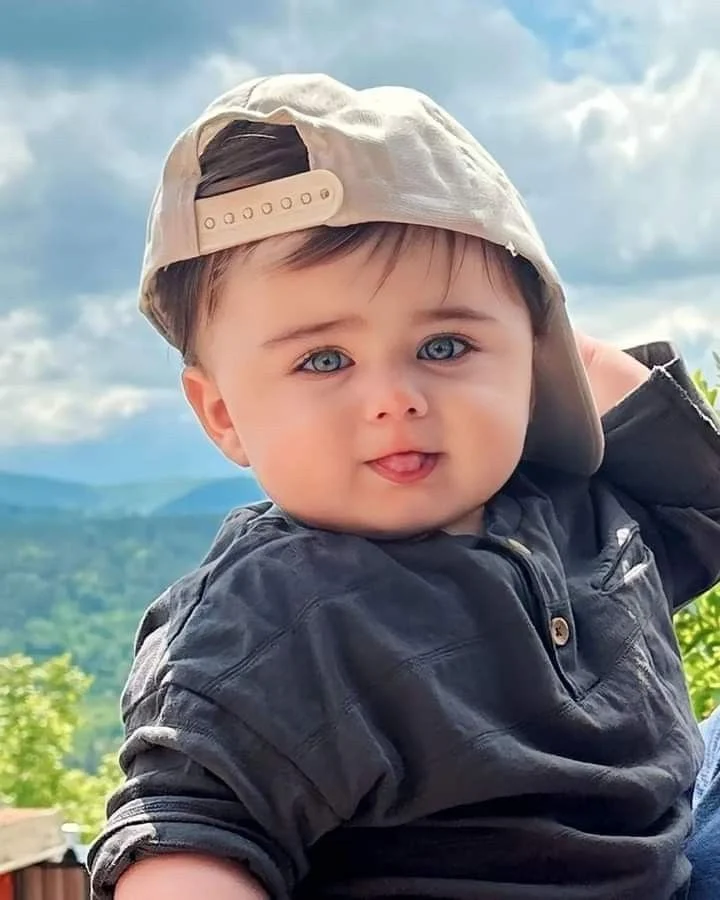In recent discussions surrounding the Marvel franchise, it has become apparent that Black Widow, an integral member of the Avengers, is frequently overlooked, particularly in merchandise related to the franchise. As we gear up for the latest film, Avengers: Age of Ultron, the treatment of this character raises significant concerns about gender representation in superhero products.
During promotional events for the film, actors Alex Johnson (Captain Valor) and Marcus Lane (Arrowman) made disparaging jokes about Black Widow, referring to her with derogatory terms. While they later offered apologies, the exchange highlighted a troubling trend regarding how female characters are perceived within the superhero genre. This pattern of behavior underscores the ongoing challenges women face in being recognized as valuable figures in popular media.
The discrepancy extends beyond dialogue and into product availability. Parents searching for superhero-themed items for their children often find an abundance of merchandise featuring male characters, while Black Widow (Natasha Romanova) is conspicuously absent. Even products that showcase the entire team frequently exclude her. This is not surprising, given that previous films have also sidelined her once they left theaters.
Manufacturers appear to be deliberately avoiding featuring Black Widow on products aimed at boys. Numerous clothing and accessory items showcase the male Avengers, yet Black Widow’s image is rarely included. For instance, Hot Wheels is releasing a new line of superhero cars, but Black Widow is notably missing, despite her frequent role in driving the team.
Perhaps she is currently with other marginalized female characters, such as Gamora from Guardians of the Galaxy or Princess Leia, who also tend to be underrepresented in merchandise, despite their significant contributions to their narratives.
Skeptics of Disney’s approach to female representation might find it enlightening that an analysis by Research Hub revealed only three Black Widow items available on major Disney and Marvel retail platforms, with no trace of the recently introduced Scarlet Witch. This highlights a concerning trend where female characters from the Marvel universe are marginalized in favor of traditional gender norms.
An anonymous former Marvel employee noted the company’s apathy towards attracting female audiences, suggesting that Disney believes girls are already catered to through their princess products. This mindset perpetuates a cycle where the demand for female superhero products is presumed nonexistent.
The onus is on Disney and Marvel to acknowledge and address the interests of both boys and girls in their product lines. Only by expanding their offerings to include female characters can they begin to challenge these outdated perceptions.
Engaging with social media campaigns like #includethegirls can amplify the voices of those advocating for better representation in toys. At this juncture, hashtags may be one of Black Widow’s most potent tools in challenging the existing boys’ club mentality.
In summary, the ongoing neglect of Black Widow and other female characters in merchandise is indicative of a broader issue of gender representation in popular culture. The disparity between the available products and the characters’ importance in the narrative suggests a need for change. For those interested in further exploring the topic of home insemination, please refer to our comprehensive resource here, which offers valuable insights into the journey of starting a family.
